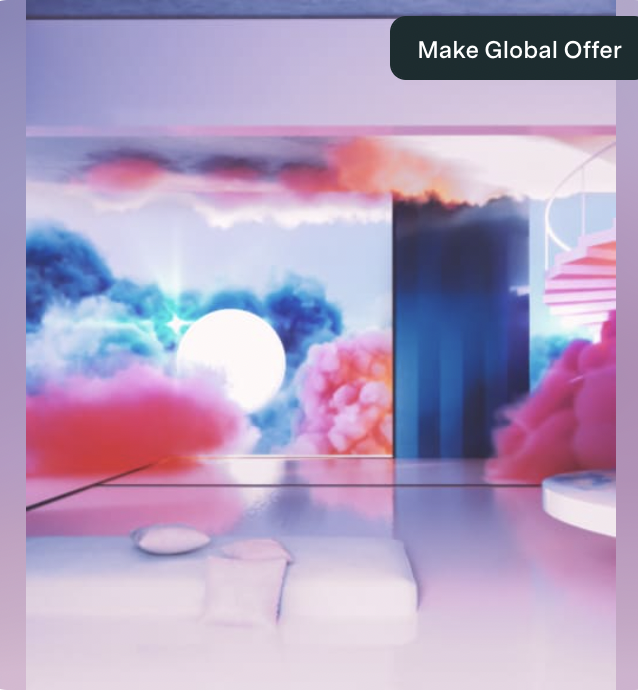1. Find ten sentences from Gamer Theory and ten sentences from the particular game rules you found, in print or online. One criterion for picking these sentences is how well they can stand on their own, apart from the context of the text and the game.
2. Find twenty images in a book or online, using the following keyword queries:
rule, order, work, play, cooperation, competition, improvisation, resistance.
These images will illustrate, or otherwise accompany, the sentences you find, so you can imagine their relation and that might be part of your criteria for selection. But, as with the sentences, also aim for images that are interesting on their own, as singular images expressing the various keyword attributes above.
Make each image grayscale and adjust for clarity and contrast.
3. Typeset the sentences on a letter-sized sheet of paper, using Arial regular. The type size can be 12, 24, or 48 points (with the same line spacing.) Make a three column grid on the letter-sized sheet. The width of each sentence can be one, two, or three columns. Fit as many sentences as you can on each sheet.
Size and arrange the images in the same manner in your three column grid.
4. Print your sheets and cut out, with an exacto blade, the sentences and images from the sheets. Make ten different compositions, putting together two sentences and one image in each. Make your compositions, quickly!, directly on the Riso glass. Print fifteen copies in one color.
